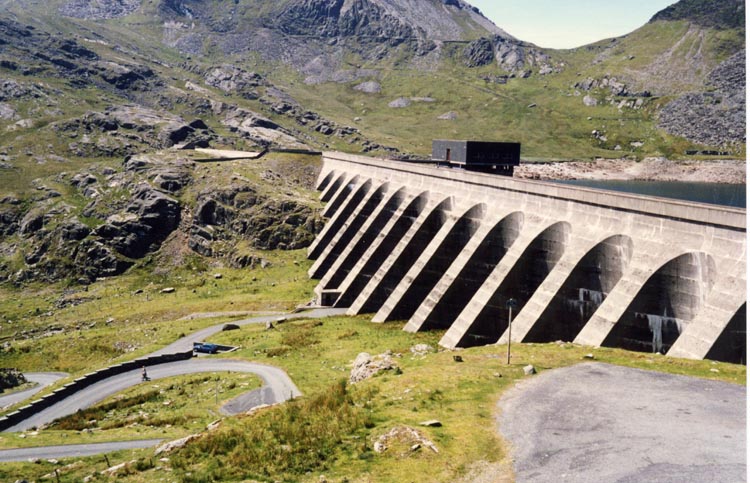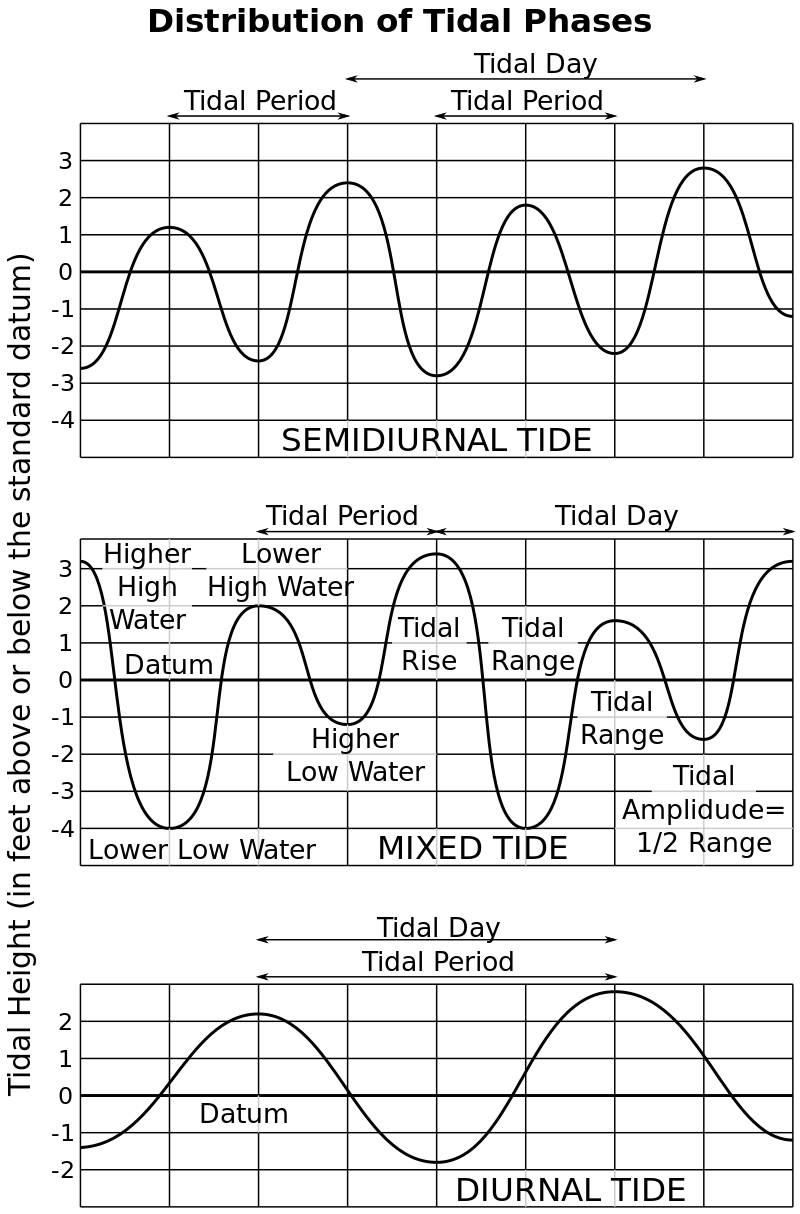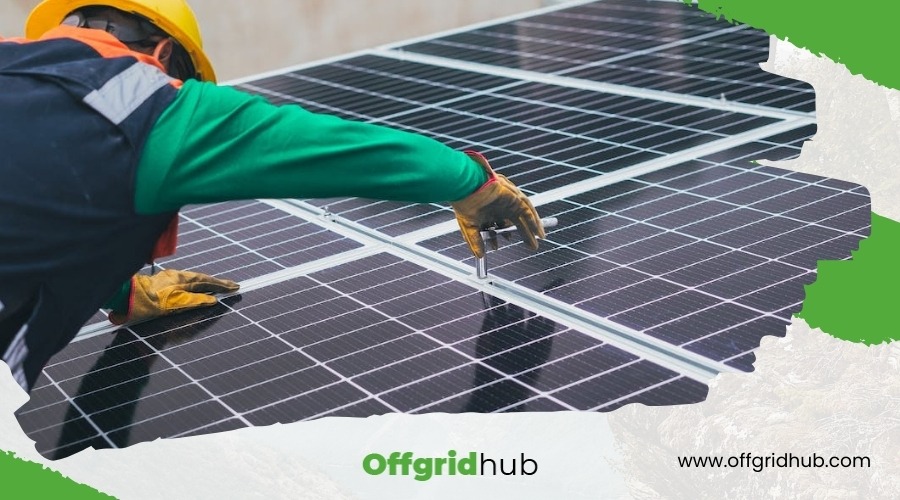In ye olden days, harnessing the sun’s power might’ve seemed like the pinnacle of energy innovation, but today, you’re standing on the brink of a renewable revolution that stretches far beyond solar panels. From the depths of the ocean’s tides to the very breeze that tousles your hair, alternative sources like wind, tidal, and geothermal energy are reshaping how you think about powering the future.
You’ll find that these titans of renewable energy not only complement solar power but also offer unique advantages and challenges. So, why settle for a glimpse when a whole new world of sustainable power awaits your exploration?
Harnessing Wind Power

Harnessing wind power frequently offers an efficient and sustainable way to generate electricity, tapping into the natural kinetic energy of moving air. You’re tapping into one of the cleanest renewable energy sources available by utilizing wind turbines. These turbines, positioned both onshore and increasingly in offshore wind farms, convert wind’s kinetic energy into electrical power. This process of electrical power generation is pivotal in the energy transition towards a more sustainable energy mix.
Global wind power capacity has seen a significant rise, surpassing 600 gigawatts by 2020’s end. This growth is a testament to wind power’s role in reducing carbon emissions and combating climate change. Offshore wind farms, in particular, are gaining popularity for their higher wind speeds and reduced visual impact, making them a formidable force in the quest for clean energy.
As you consider the future of energy, remember that wind power stands as a cornerstone in achieving a sustainable energy mix. It’s not just about reducing carbon emissions; it’s about embracing renewable sources like wind to ensure a healthier planet. This shift towards wind and other renewables is essential for the ongoing energy transition, marking a promising path away from fossil fuels.
The Power of Water

Moving beyond wind power, let’s explore how water plays a pivotal role in renewable energy through methods like hydropower, tidal, and wave energies. You’ve likely heard of hydropower, the largest renewable energy source globally. It harnesses the water flow in rivers and streams, converting it into electricity through hydroelectric dams. But there’s more to water’s power than just hydropower.
Tidal energy takes advantage of the predictable and reliable power of ocean tides. By capturing the natural ebb and flow, tidal energy offers a dependable source of electricity, day or night, making it a standout option in the renewable energy landscape. Similarly, wave energy converts the continuous motion of waves into electricity, providing a consistent energy supply, especially beneficial for coastal regions.
These marine energy technologies, including wave and tidal power, go beyond traditional solar power by tapping into the immense and untapped power of the ocean. Together, hydroelectric, tidal, and wave energies present a diverse array of options for sustainable electricity generation. They exploit water flow, ocean tides, and wave motion to create renewable energy, showcasing the incredible potential water holds in powering our future.
Geothermal Energy Unearthed
Diving deep below the surface, we uncover geothermal energy, a powerhouse that taps into the Earth’s core heat to offer a steady and dependable renewable energy source. This remarkable form of energy leverages the natural heat from the Earth’s core, providing an alternative to traditional fossil fuel-based power. It’s not just about generating electricity; geothermal energy stands out as a versatile and sustainable energy solution.

Here are three compelling reasons why geothermal energy is grabbing attention:
- Efficiency and Reliability: With an average capacity factor of 90%, geothermal energy plants are significantly more efficient than many other renewable sources. This high efficiency underscores its role as a reliable renewable energy option.
- Environmental Benefits: By replacing fossil fuel-based power generation, geothermal energy helps reduce carbon emissions. It’s a clean, green way to meet our energy needs without compromising the planet’s health.
- Versatility: Beyond generating electricity, geothermal energy is also utilized for direct heating and cooling applications. Its adaptability makes it a key player in the quest for comprehensive renewable energy solutions.
As you explore renewable sources beyond solar power, consider the profound impact of geothermal energy. Its ability to provide sustainable, reliable, and versatile energy solutions positions it as a key component in our renewable energy portfolio.
Tapping Into Biomass
Exploring the world of renewable energy, you’ll find that tapping into biomass offers a sustainable path to producing heat, electricity, and biofuels from organic materials. Biomass energy uses organic waste and residues, transforming them into valuable energy resources. This technology has the potential to significantly reduce greenhouse gas emissions by converting organic materials that would otherwise decompose and emit methane.
Biomass power plants play a crucial role in providing consistent, reliable energy, contributing to grid stability and energy security. Moreover, producing biofuels from biomass can power vehicles, further diversifying energy uses and promoting a sustainable future.
To increase public awareness, here’s how biomass energy stands out:
| Aspect | Benefit |
|---|---|
| Versatility | Can heat buildings, generate electricity, power vehicles |
| Sustainability | Converts organic matter, promoting circular economy |
| Reliability | Offers consistent energy, supporting grid stability |
| Environmental | Reduces greenhouse gas emissions by utilizing organic waste |
As you delve deeper into renewable energy options, consider how biomass energy not only addresses waste management challenges but also paves the way for a more sustainable and energy-secure future.
Exploring Tidal Energy

As you consider renewable energy sources, it’s worth noting that tidal energy offers a predictable and reliable way to generate electricity by harnessing the natural power of ocean tides. Unlike other forms of renewable energy that might rely heavily on weather conditions or time of day, tidal energy taps into the ceaseless ebb and flow of the ocean.
Here are three key points to understand about tidal energy:
- Tidal Turbines – Similar to wind turbines but placed underwater, tidal turbines convert the kinetic energy of moving water into electricity. This process is both eco-friendly and efficient, especially in coastal regions with strong tidal movements.
- Predictability – Ocean tides are highly predictable, making tidal energy a reliable source of electricity generation. This predictability ensures a steady supply of power, unlike solar and wind energies, which can fluctuate.
- Sustainable and Eco-friendly – Tidal energy is considered a sustainable electricity source with minimal environmental impact. It’s a renewable energy source that significantly reduces the reliance on fossil fuels, promoting a cleaner, healthier environment.
As you explore options beyond solar power, tidal energy stands out as a sustainable, reliable, and eco-friendly solution for generating electricity in coastal areas.
Wave Energy Potential
Moving beyond tidal energy, let’s consider wave energy’s potential as another powerful and consistent renewable energy source. Utilizing the motion of ocean waves, wave energy stands out as a predictable option for generating electricity. If you’re situated in a coastal area with strong wave activity, you’re in a prime spot for tapping into this energy, which plays a crucial role in diversifying our energy sources.
Wave energy converters are at the heart of this technology. These specialized devices capture the power of waves and efficiently convert it into electrical energy. What’s more, wave energy boasts a minimal environmental impact. It promotes sustainability and plays a significant role in reducing carbon emissions, making it a greener choice compared to traditional energy sources.
But that’s not all. The field of wave energy is buzzing with research and development efforts aimed at boosting the efficiency of these technologies. The goal is to achieve wider adoption across the renewable energy sector, making wave energy a key player in our quest for sustainability. So, as we explore renewable energy options beyond solar power, wave energy emerges as a promising contender, contributing to a cleaner, more diversified energy landscape.
Conclusion
You’ve now explored an array of renewable energy sources that stretch far beyond solar power. From harnessing the power of the wind and water to tapping into the earth’s heat with geothermal energy, and utilizing organic materials through biomass.
You’ve also delved into the immense potential of tidal and wave energy. Each of these alternatives offers a path toward a more sustainable and environmentally friendly future, reducing our reliance on fossil fuels and minimizing our carbon footprint.
Let’s embrace these renewable opportunities for a greener tomorrow.
